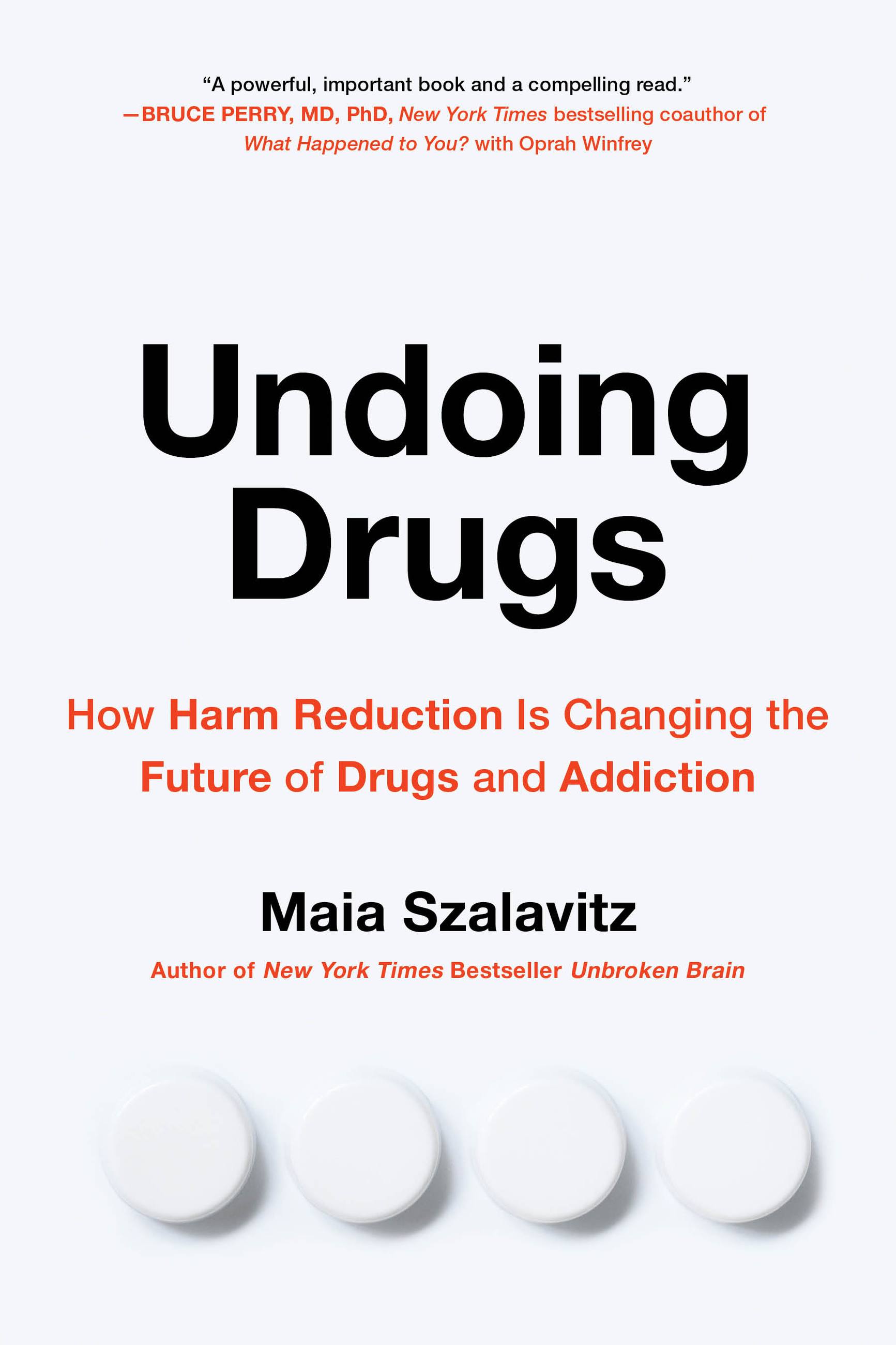Bleach saved Maia Szalavitz’s life. It cleans a used needle of potential infectants, Szalavitz was told by an acquaintance in 1986, information that was a godsend to an injection drug user like herself. So when she was short of clean needles, she knew how to protect herself from catching HIV, which had infected over half of all those who injected drugs in Manhattan at the time.
Her impromptu instructor, a San Francisco outreach worker named Maureen Gammon, who was the girlfriend of one of Szalavitz’s friends, was more than just an introduction to a simple way to keep herself uninfected. The lesson was also her first foray into harm reduction, a philosophy and health practice that equips people who use drugs with the resources needed to safeguard their well-being.
This chance but lifesaving encounter is the window through which readers of Szalavitz’s latest book, Undoing Drugs: The Untold Story of Harm Reduction and the Future of Addiction, are ushered into a past largely unknown to the general public. Published last year, Undoing Drugs is both a history of Anglo-American harm reduction and an argument that harm reduction can “undo” prohibition, the policy criminalizing people who use controlled substances on their own terms and not on those dictated by doctors and regulators. History is a new territory for Szalavitz, but disrupting ingrained assumptions about drugs is her bread and butter: Her previous book, Unbroken Brain, upended conventional theories of the role of brain chemistry in addiction.
Undoing Drugs is the perfect primer for lay audiences living in a country where 93,000 people fatally overdosed in 2020. Szalavitz sets the story straight on a topic that is often misinterpreted, making clear that harm reduction is a formidable social and political movement dating back to the mid-1980s. Together, drug users and health workers utilized militant direct action, mutual aid, and cutting-edge science to fight for drug users’ rights to health and dignity.
Undoing Drugs is also the story of harm reduction’s unlikely wins despite the prohibitionist consensus. For example, as new HIV/AIDS cases rapidly accelerated in the United Kingdom in the 1980s, a network of health workers and researchers based in the city of Liverpool managed to keep such cases close to zero during the late 1980s in Merseyside, the surrounding county, thanks to the principle of syringe exchange, started in 1986 by Allan Parry, and of narcotic maintenance, practiced by Dr. John Marks beginning in 1982.
